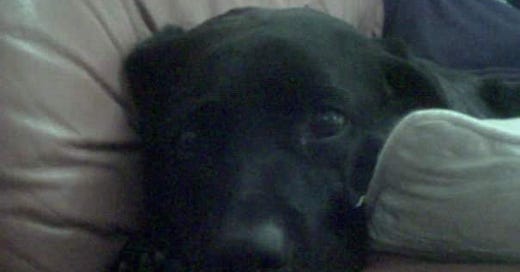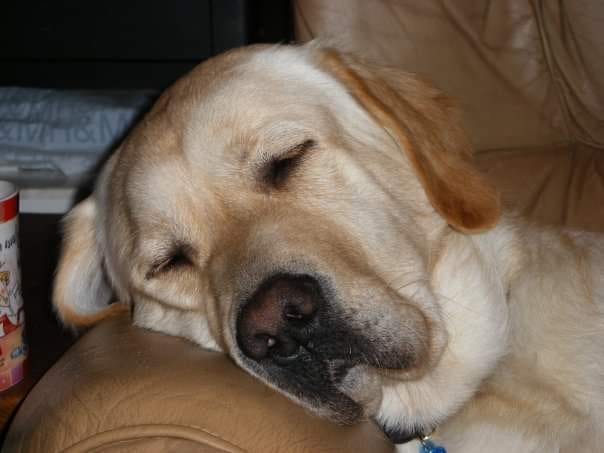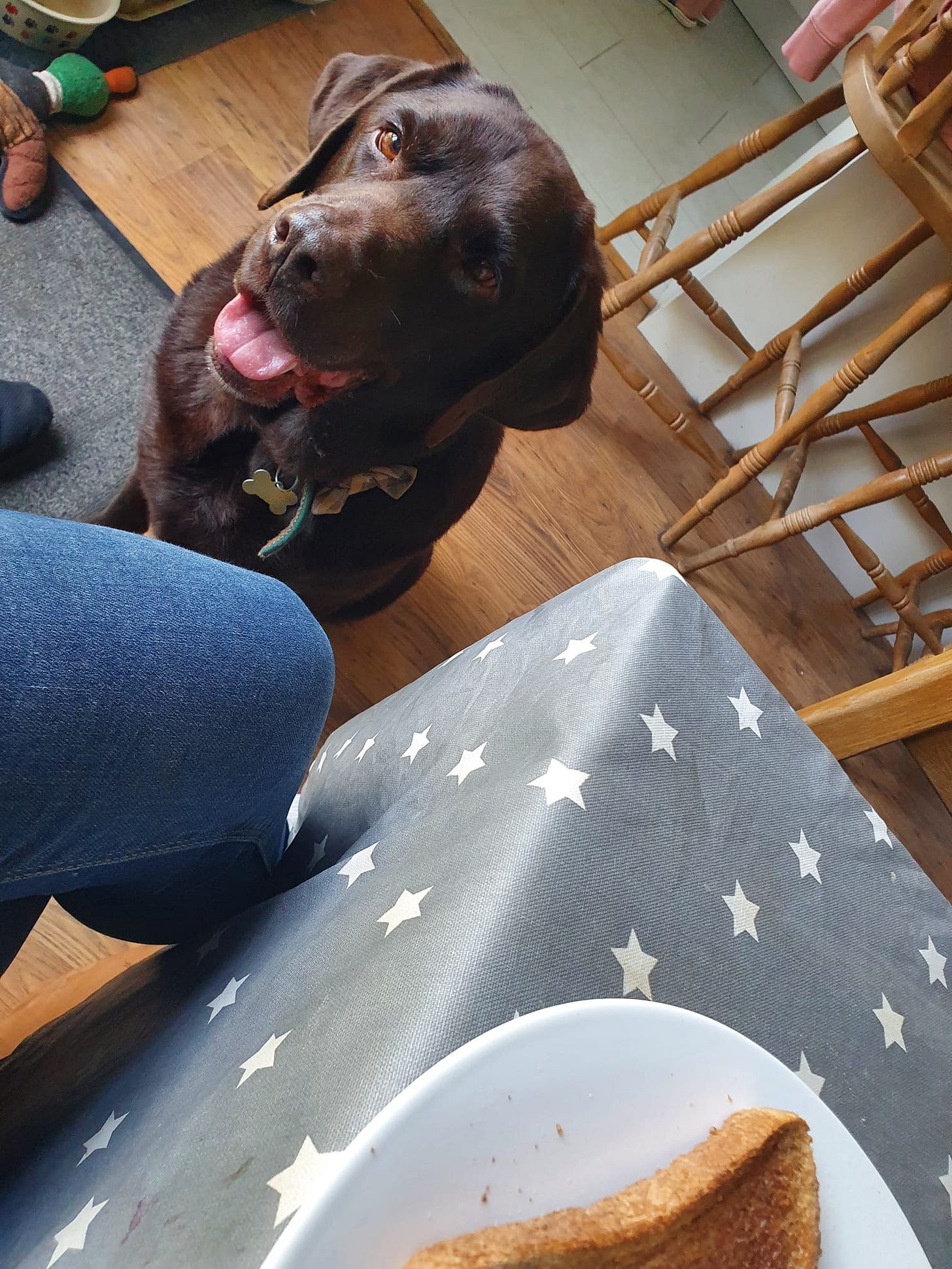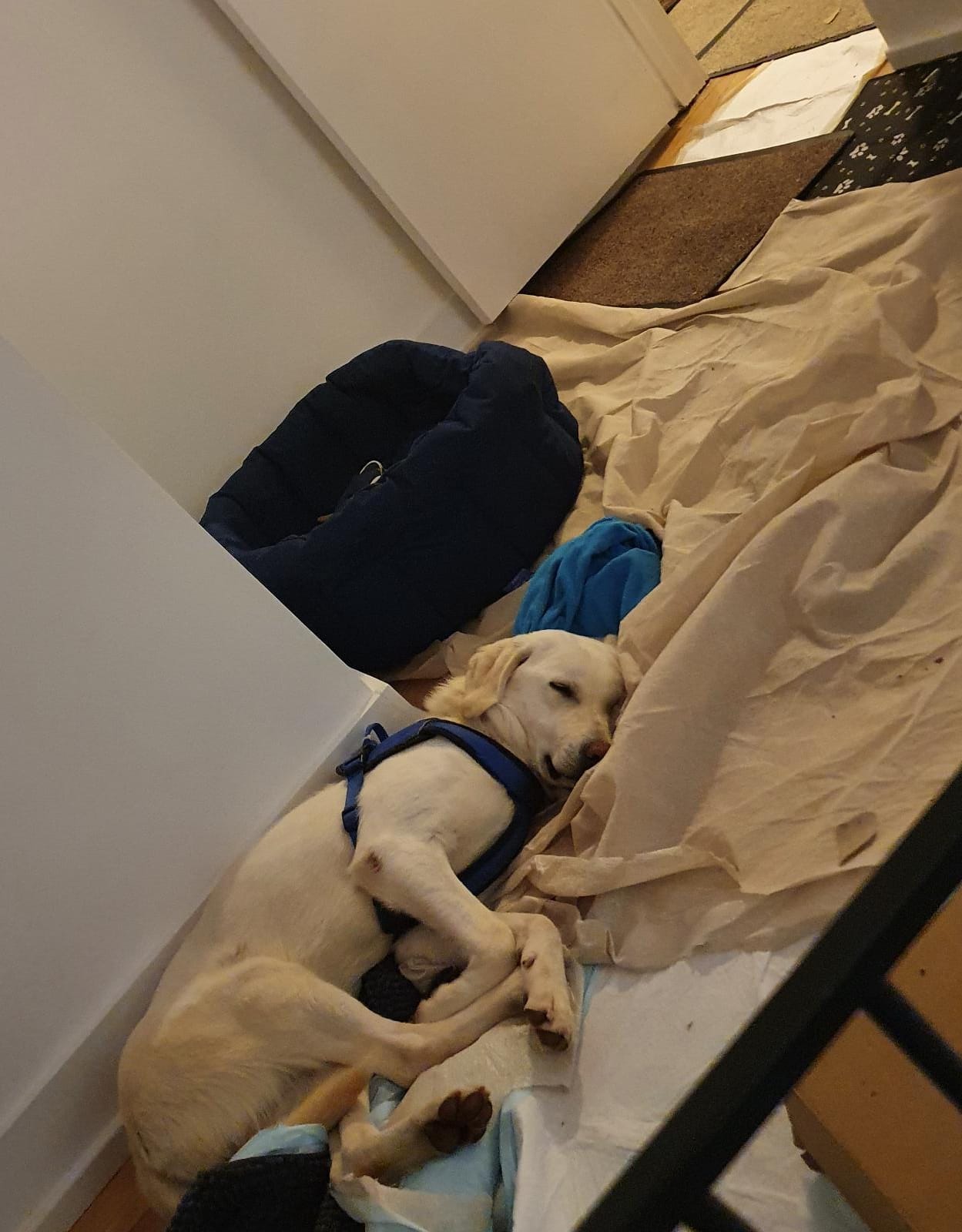Rescue dogs: A journey into the unknown
What you see isn't always what you get with a rescue dog...
Adopting a rescue dog is always a bit of a journey into the unknown, because there is so much about the dog’s past life the adoptee will never ever know. And that is certainly true of Bruno.
The details of how he found himself under the care of the rescue who brought him to the UK were pretty sketchy. His listing on the rescue’s website simply said he was found straying with his litter mates in the countryside of Southern Italy.
I have no idea how old he actually was when he and his puppy pals were recovered by the rescue - nor how long he had been under their care before he arrived in the UK in April 2022.
His passport papers stated he was 15 months old. But, as is the case for a lot of rescue dogs, this was probably just an educated guess made by a vet.
A video call with one of the rescue’s UK-based rehoming team, several months before he arrived, only added to the uncertainty about what I was letting myself in for by adopting Bruno.
The rescue is run exclusively by volunteers, and the person did not shy away from spelling out just how difficult adopting a dog from overseas could be. Particularly one, like Bruno, who is coming straight from kennels into a home, without being fostered first.
“You have to assume he won’t be toilet trained, he won’t know any commands and he probably won’t know how to walk on a lead,” she said.
This was, admittedly, quite a daunting proposition. I grew up in a house where we were lucky enough to have adopted a succession of (relatively) well-adjusted Labradors over the years.
Sure, they all had their quirks. The first one, a five-year-old black lab called Harry, was rescued from a home where his guardians had started breeding German Shepherds and no longer had any use or love for him.
Harry: A hard-nut who loved his creature comforts…
Harry reacted poorly to seeing anyone dressed in dark clothing – particularly policemen. He also displayed some very low-level resource guarding tendencies that never escalated beyond a warning growl to leave his bed, toys and food bowl alone. He was a big dog, so – of course – we always complied.
Once dear old Harry passed on, we adopted a golden lab called Charlie, who was two years old and rehomed following a relationship break-up. He stole food off strangers, pulled like an absolute train on the lead and is credited by my Dad with causing the osteoarthritis that now blights his right elbow
Charlie: Pulled like an absolute train on the lead, but an otherwise lovely dog
My parents’ current dog, a chocolate lab called Harley, was found straying along a major A-road with a huge non-cancerous lump growing on his neck. According to the rescue, he was dumped because his owners couldn’t afford to get the mass removed.
Harley: Never knowingly missed a meal.
The rescue took him in, paid for his surgery and – after several months spent recuperating in foster care – he came to live with my family.
He suffers a little with separation anxiety, and is another food fiend. Within days of arriving in September 2019, he disgraced himself by counter surfing in the kitchen and taking a bite out of the birthday cake my Mum had lovingly baked my Dad.
He also tried to repeat this party trick a few months later, when he and my Mum got embroiled in a particularly tense game of tug of war with the Christmas turkey.
But what these dogs all had in common was the fact they had all come from family environments, were housebroken, knew basic obedience and responded to commands.
Bruno: A lesson in why puppy socialisation is so important
Bruno, meanwhile, arrived knowing absolutely none of this and had also – crucially – missed out on being socialised in the same way my family’s other rescue dogs had (most likely been) as puppies.
Bruno: In late April 2022 - during his “love to lounge” phase
He arrived in the UK a 25kg ball of nerves and fearfulness, which was evident in his first few weeks by how reluctant he was to venture beyond the threshold of my lounge. And how spooked he was by all the new things he was seeing and hearing inside my flat.
Before pups turn 12 weeks old, owners are also advised to start socialising the dog, by exposing them to as many new places, sounds, people and experiences as possible to increase the chances that – once the dog is grown up – it will be well-equipped to move through the world with ease.
Now, given how scared and fearful Bruno was of everything when he first arrived, I can only conclude that none of this happened to him. And that he was exposed to very little of what the outside world had to offer, having spent his formative months in the rescue centre’s kennels.
Unsocialised dogs: A fear of the new and novel
Through my research I soon came to understand that this lack of socialisation meant Bruno was afflicted by something known as “neophobia”, which is a phobia of new and novel things in his environment. And it is a hugely common phobia in dogs who were born and raised in shelters.
As far as Bruno was concerned, any new and novel things in his environment were most likely out to get him, triggering his fight-or-flight response whenever he came into contact with them.
And, so, I came to realise a big part of the rehab of my rescue dog would involve me helping him play catch-up, so that he could experience all the things he missed out on as a pup.
But, as every textbook and dog-training website I consulted told me, this was a process that was going to take time and if I got it wrong, could make him ever more fearful and anxious. So, you know, no pressure.







